Pressure ratings are an important consideration for many different types of equipment, including pipes, valves, and vessels. They are used to ensure that the equipment can safely withstand the internal or external pressure that it will be subjected to during operation.
The design pressure rating is the maximum pressure that the equipment is designed to withstand. It is determined by a number of factors, including the type of equipment, the materials used, and the manufacturing process.
Design pressure ratings are typically specified in pounds per square inch (psi) or bar. For example, a pipe with a design pressure rating of 100 psi would be able to safely withstand an internal pressure of up to 100 pounds per square inch.
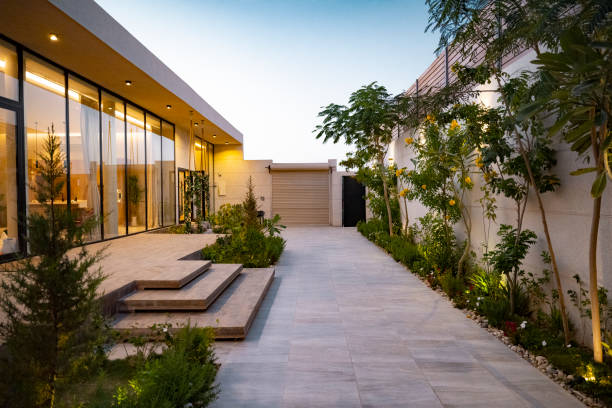
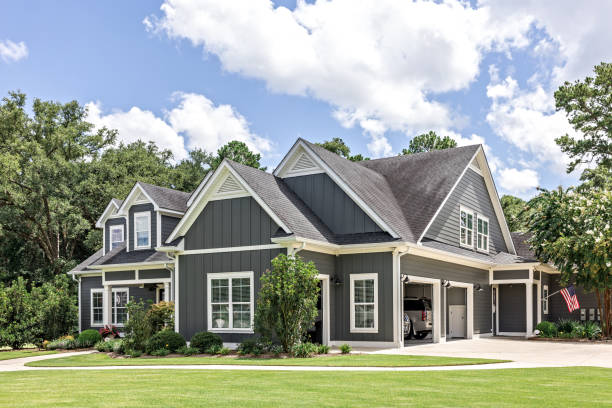
Design pressure ratings are important for a number of reasons. First, they help to ensure the safety of people and property. If a piece of equipment is not properly rated for the pressure that it will be subjected to, it could fail, resulting in serious injury or damage.
Second, design pressure ratings help to ensure the reliability of equipment. If equipment is operated at a pressure that is higher than its design pressure rating, it is more likely to experience premature wear and tear, leading to failure.
Third, design pressure ratings can help to reduce the cost of equipment. Over-engineering equipment for a higher pressure rating than is necessary can be expensive. By properly selecting equipment with the correct design pressure rating, businesses can save money.
Check our home building service in Greenville NC.
There are a number of different codes and standards that specify design pressure ratings for different types of equipment. Some of the most common codes and standards include:
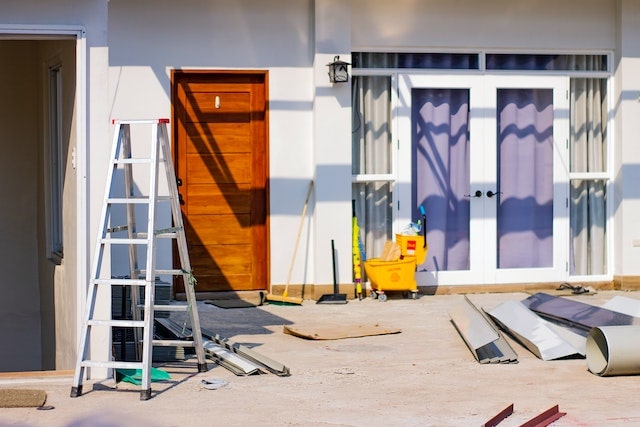
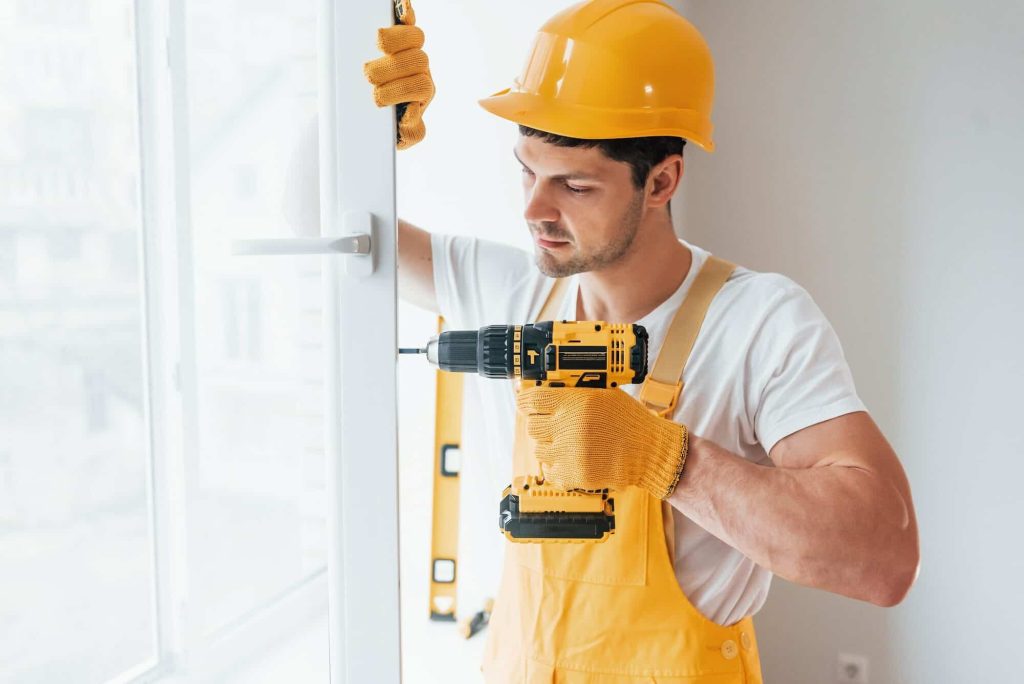
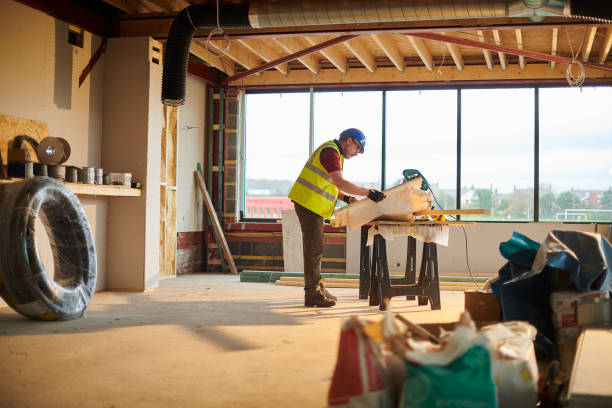
Type Of Fluid
The type of fluid that will be contained or transported in the equipment. Some fluids, such as corrosive or hazardous fluids, may require special materials or construction methods, which can affect the design pressure rating.
The Operating Temperature
The design pressure rating of equipment may decrease at higher temperatures.
The Operating Environment
Equipment that will be operated in a corrosive or abrasive environment may require a higher design pressure rating to account for the additional wear and tear.
The Safety Factor
The safety factor is a multiplier that is applied to the design pressure rating to account for uncertainties in the design, manufacturing, and operating conditions.
The design pressure rating is the maximum pressure that the equipment is designed to withstand. The working pressure rating is the maximum pressure that the equipment should be operated at. The working pressure rating is typically less than the design pressure rating to account for safety factors and other uncertainties.
If a piece of equipment is operated at a pressure that is higher than its design pressure rating, it is more likely to fail. This could result in serious injury or damage.
The design pressure rating of a piece of equipment is typically specified on the equipment itself or in the manufacturer’s documentation. If you are unsure of the design pressure rating of a piece of equipment, you should consult with the manufacturer or a qualified engineer.
The design pressure rating of a piece of equipment can be increased by using stronger materials, changing the construction method, or adding additional safety features. However, it is important to note that increasing the design pressure rating of a piece of equipment may also increase its cost and weight.